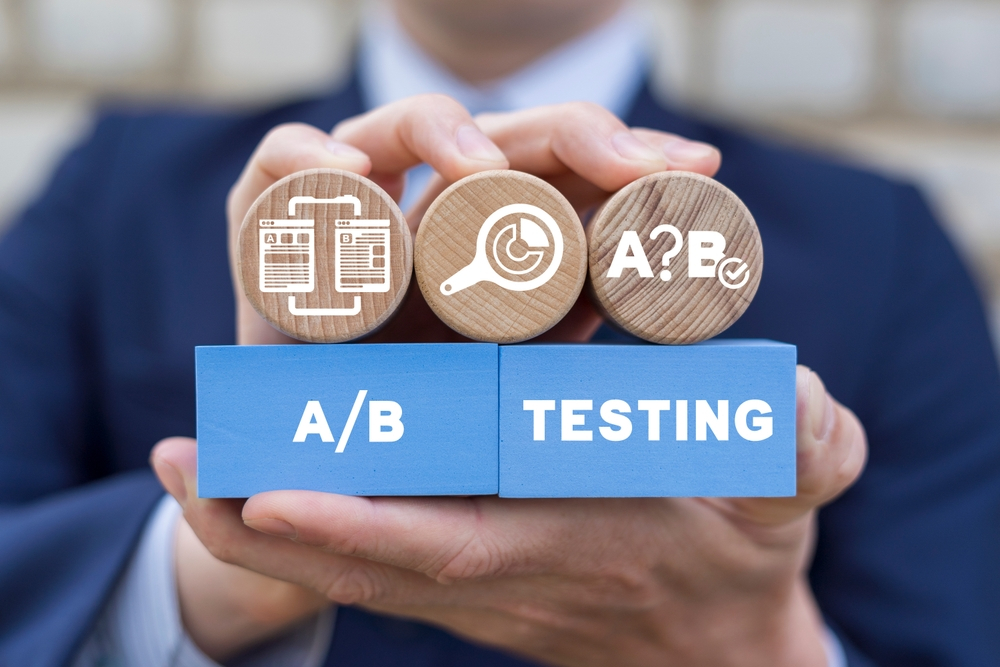The Power of A/B Testing Your Strategies

In the ever-evolving landscape of content creation, one crucial weapon in a marketer’s arsenal is the ability to test and optimize strategies. Among these, the A/B test stands tall as a method to refine content strategies, ensuring they resonate effectively with audiences and achieve desired objectives.
What is A/B Testing?
A/B testing, also known as split testing, involves presenting two variants—A and B—of a piece of content, design, or user experience to different segments of your audience. By comparing the performance of these variants, you can glean insights into what works best and tailor your approach accordingly.
The Power of A/B Testing in Content Strategies
1. Understanding Audience Preferences
A/B testing allows you to decipher what resonates with your audience. Whether it’s the tone of your writing, the visual elements used, or the call-to-action (CTA) placement, testing these aspects helps uncover preferences, leading to more engaging content.
2. Data-Driven Decision Making
Instead of relying on assumptions or guesswork, A/B testing provides concrete data to inform decisions. Analyzing metrics such as click-through rates, conversion rates, and time spent on page enables a data-driven approach to content optimization.
3. Continuous Improvement
Content creation isn’t a one-time task; it’s an iterative process. A/B testing facilitates ongoing improvements by allowing you to test variations regularly. This iterative approach fosters continuous growth and fine-tuning of your content strategies.

Implementing an A/B Test in Content Creation
1. Define Your Objective
Identify the specific goal of your test. Whether it’s to increase click-through rates, conversions, or engagement, a clear objective will guide the testing process.
2. Identify Variables to Test
Choose the elements to test—headline variations, images, layout, CTAs, or even content length. Focus on one variable at a time to accurately attribute changes in performance.
3. Create Variants
Develop distinct versions for the selected variable. Ensure they are significantly different from each other to draw conclusive results.
4. Set Up the Test
Utilize A/B testing tools or platforms to deploy the variants to your audience segments randomly. Ensure proper tracking of relevant metrics.
5. Analyze and Iterate
Gather and analyze data from the test. Determine the variant that performs better and implement the findings into your content strategy. Iterate and repeat the process to continue refining.
Best Practices and Considerations
- Sample Size: Ensure an adequate sample size for statistical significance.
- Patience: Results may not be immediate; allow sufficient time for accurate data collection.
- Segmentation: Tailor tests to specific audience segments for targeted insights.
- Consistency: Keep other variables constant to isolate the impact of the tested element.
Conclusion
A/B testing empowers content creators and marketers to make informed decisions, optimize strategies, and ultimately drive better results. Embracing this method not only enhances content effectiveness but also fosters a culture of continuous improvement. By honing in on audience preferences through experimentation, content strategies can evolve to better resonate with the ever-changing landscape of audience expectations.
IMPORTANT: If you enjoyed this article then give Marketing University Equalizer a try. Create your free account right now and have full access for 14 days. Click here to get started #marketinguniversity #marketing #businesstips #marketingtips
